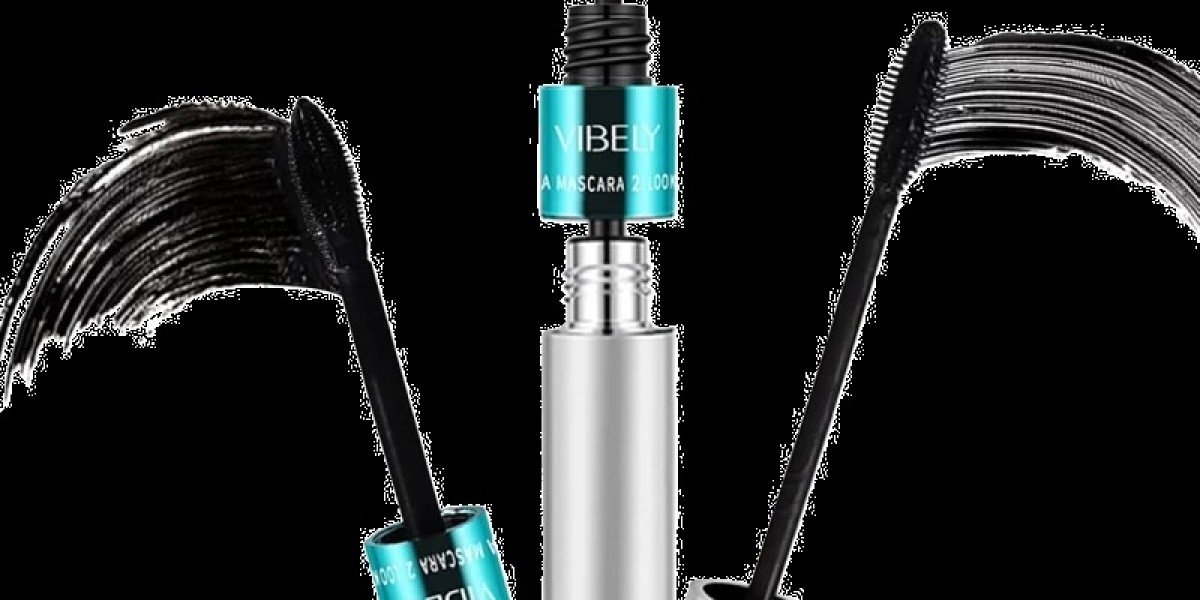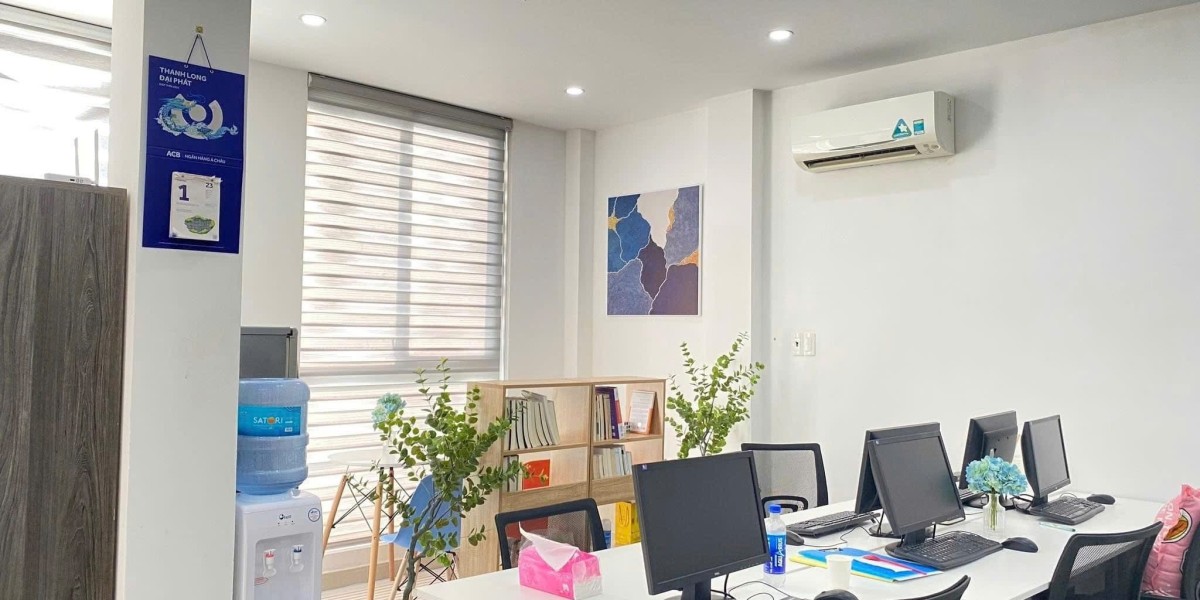The coffee cup has become a universal symbol of comfort, routine, and even a statement of personality. Whether it's a disposable cup grabbed during the morning rush or a carefully selected ceramic mug, coffee cups are an everyday item that people use without a second thought. However, there's more to a coffee cup than meets the eye. From its humble beginnings to its current role in sustainability efforts, the story of the coffee cup is filled with interesting twists and turns.
The Evolution of the Coffee Cup
The concept of the coffee cup traces back to the early days of coffee consumption in the Middle East. During the 15th century, small, handleless cups were used to enjoy freshly brewed coffee. These early versions were typically made of materials like wood or clay. It wasn’t until coffee spread to Europe in the 1600s that porcelain coffee cups became the standard. Europeans embraced the idea of having a dedicated vessel for this newly beloved beverage, often crafted with intricate designs to reflect status and wealth.
As coffee culture continued to evolve, so did the coffee cup. In the 20th century, disposable paper cups became popular, especially after the invention of the Dixie Cup in 1907. Today, the coffee cup market has diversified significantly, offering a range of options from sleek stainless steel tumblers to reusable bamboo cups, allowing consumers to choose both style and sustainability.
Why Coffee Cups Matter
Coffee isn’t just a drink; it’s a ritual for millions of people around the world. For many, their coffee cup represents more than just a vessel—it reflects their personality, preferences, and values. Some may prefer the sleek feel of a ceramic mug, while others opt for the convenience of a disposable cup.
With an estimated 2.25 billion cups of coffee consumed daily around the globe, the importance of choosing the right coffee cup cannot be underestimated. These cups shape our coffee-drinking experiences, offering comfort, warmth, and sometimes even a sense of nostalgia.
Key Types of Coffee Cups
There are many types of coffee cups available, each serving a specific purpose. Here’s a breakdown of the most common options:
Disposable Coffee Cups: These are the most common on-the-go coffee cups, typically made from paper or plastic. While convenient, they contribute significantly to global waste.
Ceramic Coffee Cups: Ideal for home or office use, ceramic cups are durable, aesthetically pleasing, and reusable.
Glass Coffee Cups: Offering a sleek, modern look, glass cups are often used for specialty coffees like lattes and macchiatos.
Stainless Steel Tumblers: For those who want to keep their coffee hot for hours, insulated stainless steel tumblers are a great choice.
Reusable Coffee Cups: With the growing emphasis on sustainability, reusable coffee cups made from materials like bamboo or recycled plastic have become increasingly popular.
The Environmental Impact of Disposable Coffee Cups
A staggering 500 billion disposable cups are used every year, with a significant portion coming from coffee shops. This convenience comes at a heavy price, as most disposable coffee cups are lined with plastic, making them non-recyclable in standard facilities. Many of these cups end up in landfills, contributing to the global plastic waste crisis.
In fact, it’s estimated that only about 1% of disposable coffee cups are recycled globally. This has led to growing calls for more sustainable solutions, including the adoption of reusable coffee cups. Many major coffee chains now offer discounts for customers who bring their own reusable cups, encouraging a shift away from single-use products.
Are Reusable Coffee Cups the Answer?
Reusable coffee cups are widely seen as a viable alternative to disposables. Not only do they help reduce waste, but they also offer a more personalized coffee-drinking experience. Whether it’s a collapsible cup that fits in your bag or a stainless steel tumbler that keeps your drink hot all day, there are countless options available to suit any lifestyle.
However, it’s important to note that the environmental impact of reusable coffee cups depends on how frequently they’re used. According to a study, a reusable coffee cup must be used at least 15-20 times to offset the carbon footprint of its production compared to a single-use cup. This emphasizes the importance of consistency when choosing a more sustainable option.
The Rise of Eco-Friendly Coffee Cups
The demand for eco-friendly coffee cups is on the rise, with consumers increasingly prioritizing sustainability. This shift has led to innovations such as biodegradable coffee cups, which are designed to break down more easily than their plastic-lined counterparts. Brands are also experimenting with plant-based materials and recycled fibers to create cups that leave a lighter footprint on the planet.
Biodegradable Coffee Cups: Made from renewable resources like cornstarch or sugarcane, these cups are designed to decompose faster than traditional plastic-lined cups.
Compostable Coffee Cups: These are similar to biodegradable cups but require specific conditions, such as high heat, to fully break down.
Recycled Coffee Cups: Some companies are now producing cups made from recycled paper or even recycled coffee grounds.
How Coffee Chains Are Reducing Waste
Many coffee shops have begun implementing programs to reduce their environmental impact. For instance, Starbucks has pledged to eliminate single-use plastics, including straws, from their stores by 2025. The chain has also introduced a reusable cup initiative, offering customers incentives for bringing their own coffee cups.
Other companies, such as Costa Coffee and Pret A Manger, have implemented similar programs. These efforts align with global sustainability goals and reflect the increasing consumer demand for eco-conscious options.
What Makes a Good Coffee Cup?
When choosing a coffee cup, there are a few key factors to consider:
Material: The material of the cup can significantly affect your drinking experience. Ceramic retains heat well and provides a comfortable, weighty feel, while glass allows you to see your coffee and adds a modern touch.
Size: A larger cup may be ideal for a big morning brew, while a smaller one may be better suited for an espresso or cappuccino.
Insulation: For those on the go, insulation is key. Insulated coffee cups keep your drink warm for longer and are perfect for busy commuters.
Design: While aesthetics may not be the top priority, a well-designed coffee cup can elevate your coffee-drinking experience.
Coffee Cup Culture Around the World
Different cultures around the world have their own unique relationships with coffee cups. In Italy, for example, espressos are served in small, demitasse cups, reflecting the country’s preference for quick, strong coffee. In contrast, American coffee culture often embraces larger mugs or takeaway cups for long sips of drip coffee.
In Japan, the focus is on simplicity and minimalism, with coffee cups often made from fine ceramics. These cups are a reflection of the country's broader philosophy of appreciating beauty in everyday objects.
Key Facts About Coffee Cups Around the World:
Italy: Espresso cups, known as "tazzina," are small and elegant, holding no more than a few sips of coffee.
France: Café au lait is traditionally served in wide, bowl-like cups, allowing for easy dunking of croissants or bread.
Middle East: Coffee cups (Finjaan) are typically small and handleless, used for serving traditional Arabic coffee.
FAQs
What are the best materials for coffee cups?
Ceramic and stainless steel are popular choices due to their durability and heat retention, while glass offers a stylish, modern look.
How many disposable coffee cups end up in landfills each year?
It's estimated that 500 billion disposable coffee cups are used globally each year, with the majority ending up in landfills.
Are reusable coffee cups worth the investment?
Yes, reusable coffee cups can reduce waste significantly if used consistently. Most reusable cups need to be used 15-20 times to offset their environmental impact.
What’s the difference between biodegradable and compostable coffee cups?
Biodegradable cups decompose naturally, while compostable cups require specific conditions, such as high heat, to break down fully.
Do coffee cups vary by country?
Yes, different cultures have distinct preferences for coffee cups, from Italy's small espresso cups to the larger mugs commonly used in the U.S.
What’s the environmental impact of using disposable coffee cups?
Disposable coffee cups contribute significantly to global waste. Most are lined with plastic, making them difficult to recycle, and they often end up in landfills.
Conclusion
The coffee cup is more than just a simple object. It reflects personal preferences, cultural habits, and increasingly, the global push toward sustainability. Whether you’re sipping from a classic ceramic mug or choosing a reusable coffee cup, there are endless ways to enjoy your coffee while minimizing your environmental impact. As we become more aware of the waste associated with disposable cups, the shift toward eco-friendly alternatives becomes not only a personal choice but a global necessity.








